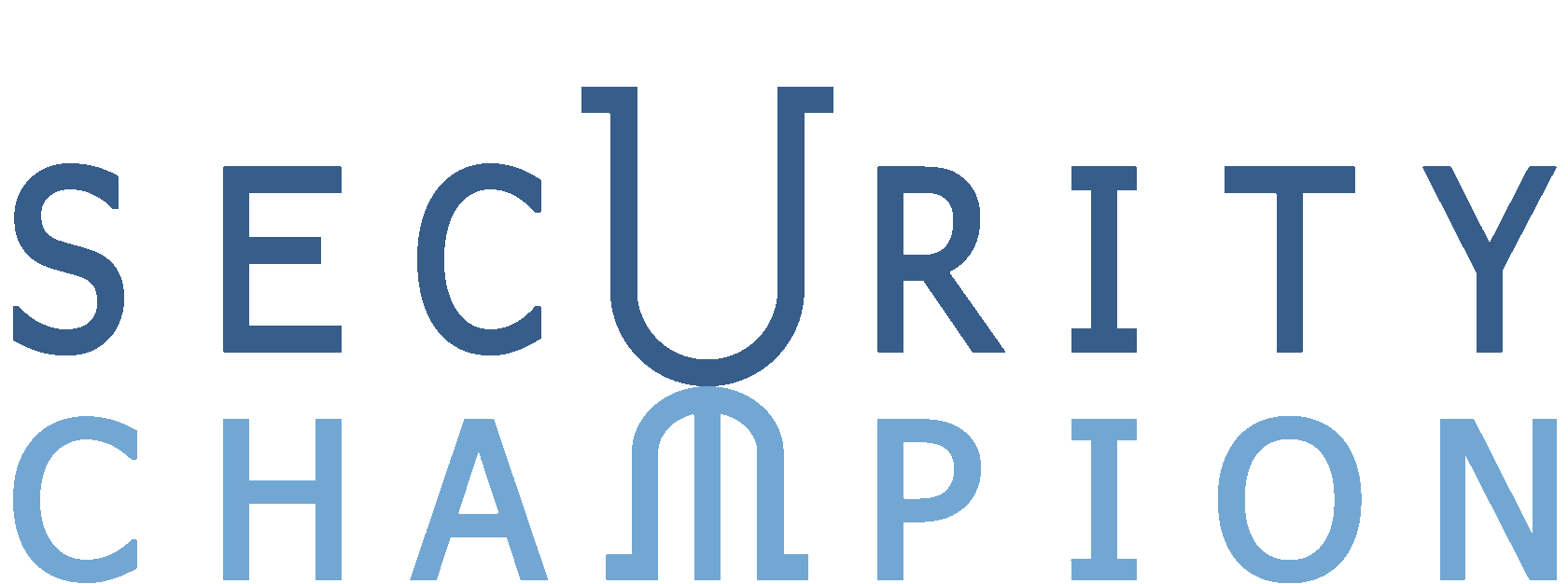Just type your contacts
Just type your contacts
You accept the privacy policy by submitting the form.
Just type your contacts
You accept the privacy policy by submitting the form.
Cybersecurity in the Education: Spear Phishing and Data Breaches Amidst Growing Cybercrime
Cybersecurity in the Education: Spear Phishing and Data Breaches Amidst Growing Cybercrime
Cybersecurity in the Education: Spear Phishing and Data Breaches Amidst Growing Cybercrime

Let's look at examples of incidents that have occurred in the Education industry.
- Incident 1
- Incident 2
- Incident 3
- Incident 4
What Are the Worst Consequences of a Education Company Being Hacked Through Phishing?
What Are the Worst Consequences of a Education Company Being Hacked Through Phishing?
If an educational organization is hacked using phishing, several serious consequences could occur:
- Data Breach: Phishing attacks often target sensitive information such as student and staff personal data, academic records, financial information, and login credentials. A successful breach could lead to the exposure of this information, resulting in identity theft, fraud, and financial losses for both the institution and individuals affected.
- Academic Integrity Compromised: Hackers might manipulate grades, alter academic records, or gain unauthorized access to exam materials. This could lead to academic fraud, unfair advantages for certain students, and damage to the integrity of the institution's academic programs.
- Disruption of Operations: Phishing attacks can provide hackers with access to the educational organization's internal systems and networks. Once inside, they could install malware, ransomware, or other malicious software, leading to disruptions in online learning platforms, administrative systems, or communication networks.
- Financial Losses: Educational institutions may face financial losses due to the costs associated with investigating and mitigating the breach, implementing security measures to prevent future attacks, potential lawsuits from affected parties, and loss of revenue or funding due to reputational damage.
- Reputational Damage: A data breach resulting from a phishing attack can severely damage the reputation of an educational institution. This loss of trust from students, parents, staff, and the community can lead to decreased enrollment, loss of donors or funding, and long-term damage to the institution's standing in the education sector.
Links to cases of hacking of organizations using phishing in the Education industry
Links to cases of hacking of organizations using phishing in the Education industry
https://www.hipaaguide.net/examples-of-phishing-attacks/
https://www.msspalert.com/news/hackers-steal-800000-from-college
https://www.cbs58.com/news/uw-parkside-falls-victim-to-bank-fraud-initial-losses-total-315-000
https://wjla.com/news/local/email-scam-costs-spotsylvania-schools-600000
https://www.msspalert.com/news/hackers-steal-800000-from-college
https://www.cbs58.com/news/uw-parkside-falls-victim-to-bank-fraud-initial-losses-total-315-000
https://wjla.com/news/local/email-scam-costs-spotsylvania-schools-600000
Links with phishing threats in other industries:
Links with phishing threats in other industries:

